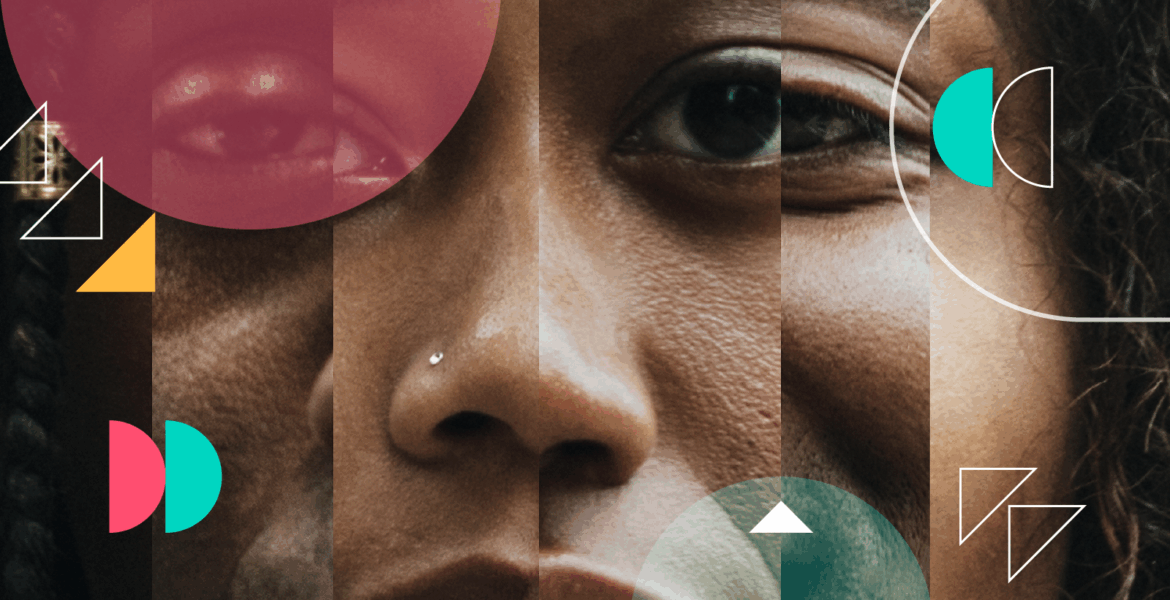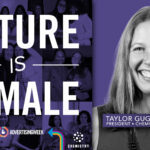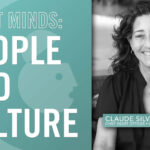By Alexis Mardapittas, Executive Creative Director/Co-Founder, CAYA Studios
Pride. International Women’s Day. Black History Month.
These aren’t just dates for hashtags, they’re charged cultural moments rooted in history and emotion. If you’re going to join the conversation, you need to show real commitment, not just a rainbow logo or generic statement.
Case in point: Love Island. The show touted diversity in trailers, yet fans pointed out its latest cast is almost entirely white – again. Critics highlighted colourism, tokenism, and the recurring pattern of Black women being paired last or voted off early. Ofcom has received hundreds of complaints around racial bias and misogynoir – headlines followed. What could’ve been a progressive platform became another cultural credibility crisis.
That matters. Because in 2025, people aren’t just watching what brands say. They’re watching when, how, and why they say it.
Visibility without authenticity is just a reputational risk
You can’t fake this. Not anymore.
We live in a world where roughly 70% of Gen Z prioritise brands that prioritise emotional and ethical intelligence in their messaging. And with 90% of Gen Z concerned with social and environmental issues, it’s no wonder brands are expected to take a stand on social issues – but not if it’s a shallow one.
Attending Pride parades and calling it allyship doesn’t cut it. People see straight through it.
E45’s “This Is Me. This Is My Space” was a skincare campaign on the surface, but underneath, a deeply human exploration of trans and non-binary people’s relationship with their bodies. It featured real stories, grounded in medical truth and community input. It was more than inclusion, it was invitation. And it landed and resonated because there was care in every decision.
Now contrast that with Sony, Bud Light, or Durex, who pulled or scaled back Pride support this year. The message to consumers is that “We’re here for the party, not the protest.” And it stung. Over 40% of LGBTQ+ consumers actively disengaged from brands that bailed on Pride in 2024. That’s reputational erosion.
As a brand, you don’t need to join every cultural conversation. But if or when you do, you’d better mean it. Because showing up inconsistently is worse than not showing up at all.
Stop showing up. Start embedding yourself.
Tokenism is easy. Real inclusion takes work.
Too many brands still make surface-level gestures without ever addressing their internal makeup. They cast diversely but don’t write or direct diversely. They run campaigns “for” a community, not with them.
Authentic representation starts at the root. That means having the right people in the room before the script is written, before the casting call, before the brief is even signed off.
It’s the difference between performance and partnership.
The most powerful work comes when community insight is woven through the strategy, not retrofitted into the campaign. It’s about co-creation, not consultation. And when brands get this right, the results speak for themselves.
Spotify’s “Black History Is Happening Now” didn’t just spotlight Black artists, it invested in them, platformed their stories, and built an entire initiative that lived beyond a month. It became part of culture, not just commentary on it.
You don’t have to brave perfection, but you must bring truth
No one’s expecting brands to be perfect. Just present, authentic, and honest.
Cultural credibility doesn’t come from polished comms, it comes from vulnerability. From admitting gaps. From listening – really listening – when criticism comes.
And that’s a mindset shift.
Brands need to move from risk aversion to value alignment. Stop worrying about backlash and start focusing on why you’re showing up. If your intentions are rooted in truth, you’ll weather the storm. If not, the storm will take you down.
We saw this with Patagonia’s “Don’t Buy This Jacket”. It was provocative. It upset people. But it also sparked debate, drove cultural change, and built decades of brand equity. Because it was real. It stood for something. The same goes for Guinness’ long-term commitment to rugby inclusivity, featuring LGBTQ+ players and investing in grassroots initiatives – not just brand films.
This isn’t just theory. It’s business logic.
Doing cultural moments well pays off.
E45’s campaign didn’t just get applause, it got results. It drove a 29% increase in purchase intent among 18–34s, and a 15% rise in product sales. That’s the commercial upside of campaigns built with community, care and credibility.
It’s proof that when you mean it, people move with you. They notice. They share. They buy.
But when you fake it, they disappear.
Quietly. And for good.











